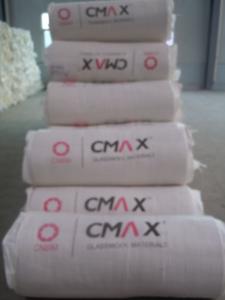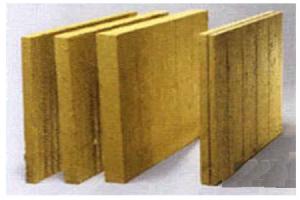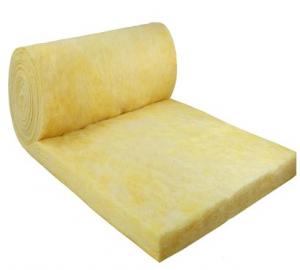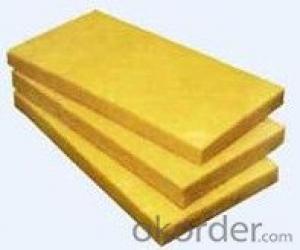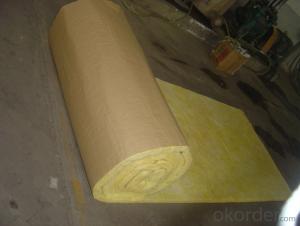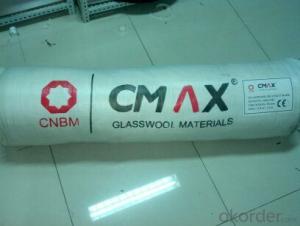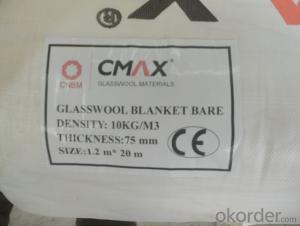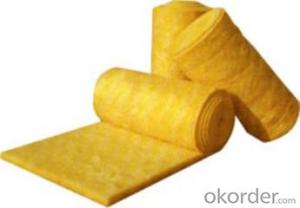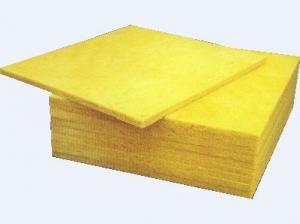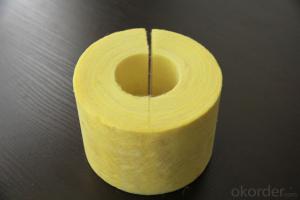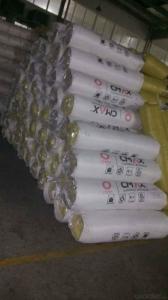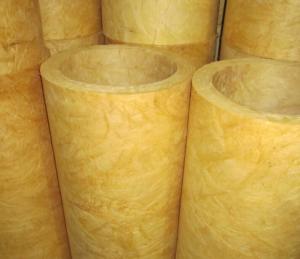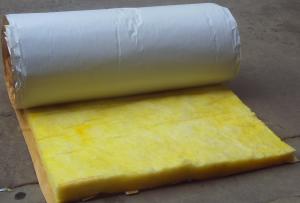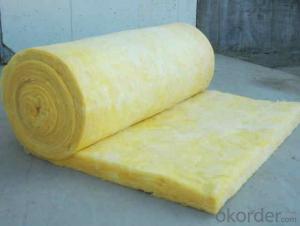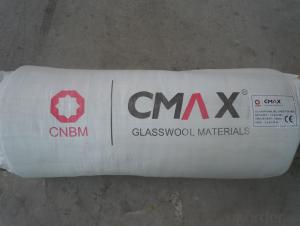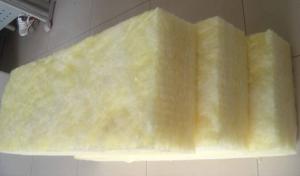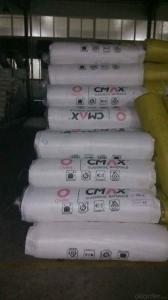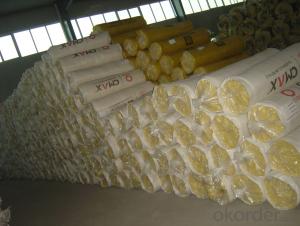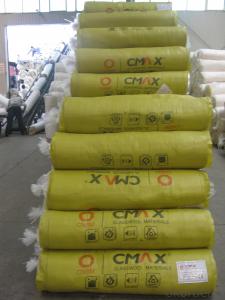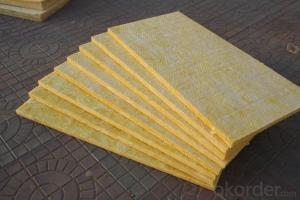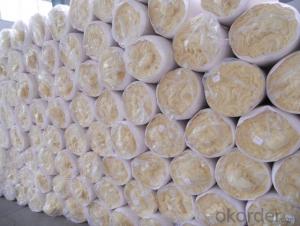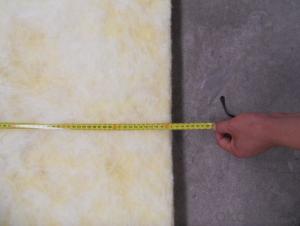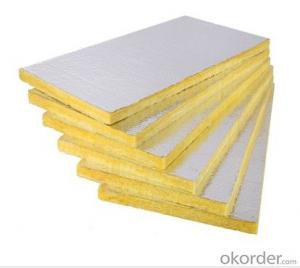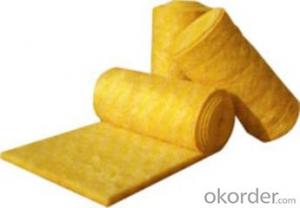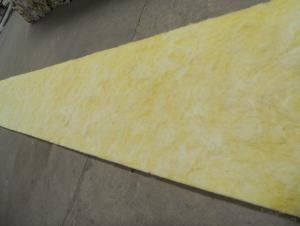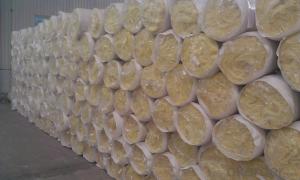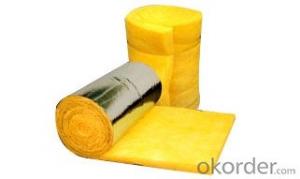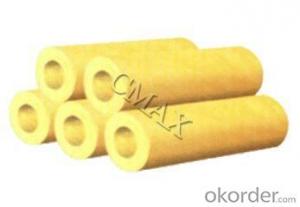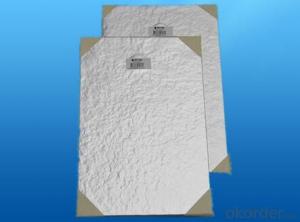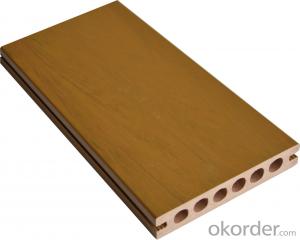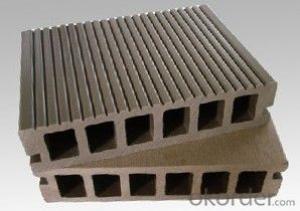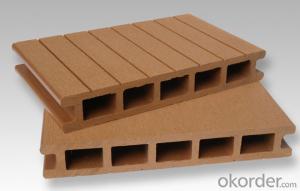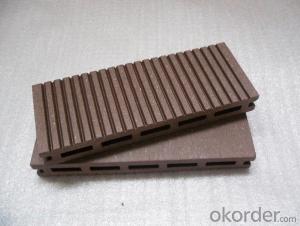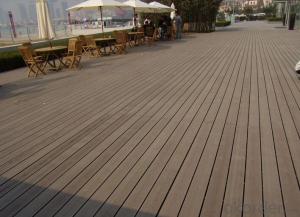Glass Wool Insulation India
Glass Wool Insulation India Related Searches
Glass Wool Price India Glass Wool Manufacturers In India Insulation Wool Fibreglass Wool Insulation Twiga Glass Wool Insulation Kimmco Glass Wool Insulation Glass Wool Insulation Price List Glass Wool Insulation U Value Glass Wool Thermal Conductivity Glass Wool Temperature Range Glass Wool For Soundproofing Glass Wool Tape Glass Wool Price List Indoor Window Insulation Fiberglass Wall Insulation Fiberglass Insulation Malaysia Indoor Window Insulator Kaowool Insulation Mineral Wool Insulation Price List Ceramic Sheet Insulation Fiberglass Roll Insulation Fiberglass Blanket Insulation Fiberglass Thermal Insulation Indoor Insulation Insulation Services Fibreglass Batt Insulation White Vinyl Backed Insulation Home Insulation Fireproof Insulation Wrap Recycled InsulationGlass Wool Insulation India Supplier & Manufacturer from China
Glass Wool Insulation India is a type of insulation material made from crushed glass fibers, which are spun and bonded together to form a lightweight, flexible, and highly effective thermal and acoustic insulation product. This material is widely recognized for its excellent insulating properties and is used in various applications across different industries. It is particularly effective in reducing heat transfer and noise pollution, making it an ideal choice for both residential and commercial construction projects.The application and usage scenarios of Glass Wool Insulation India are vast, as it can be utilized in various settings to improve energy efficiency and reduce noise. It is commonly used in walls, ceilings, and roofs of buildings to maintain a comfortable indoor temperature by preventing heat loss during winter and heat gain during summer. Additionally, it is employed in industrial settings to dampen the noise generated by machinery and equipment, thereby creating a safer and more comfortable working environment. Moreover, it is also used in the automotive and aerospace industries for soundproofing and thermal management.
Okorder.com is a reputable wholesale supplier of Glass Wool Insulation India, boasting a large inventory that caters to the diverse needs of clients across the globe. With a commitment to quality and customer satisfaction, Okorder.com ensures that the products they offer meet international standards and are competitively priced. Their extensive range of Glass Wool Insulation India products allows customers to choose the most suitable option for their specific requirements, whether it's for home insulation, industrial noise reduction, or any other application.
Hot Products
